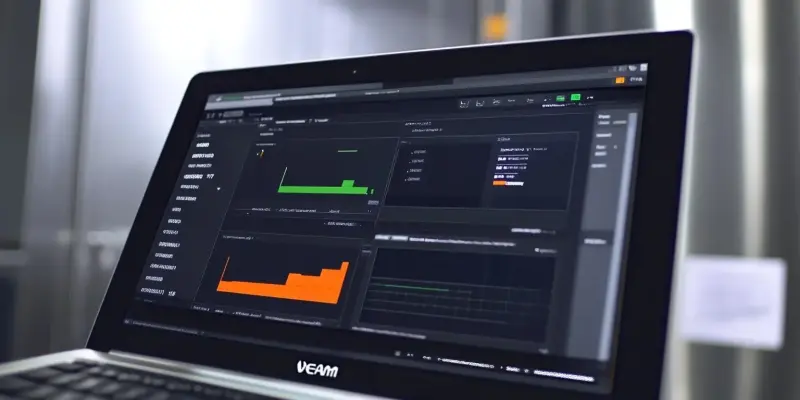In a significant cybersecurity alert, a critical vulnerability has been identified in Veeam Backup software that could expose systems to arbitrary code execution through a Man-in-the-Middle attack. The vulnerability, cataloged as CVE-2025-23114 with a high CVSS score of 9.0, potentially impacts various Veeam products including Veeam Backup for Salesforce, Nutanix AHV, AWS, Microsoft Azure, Google Cloud, and Oracle Linux/Red Hat Virtualization.
This vulnerability lies in the Veeam Updater component, which, if compromised, could allow attackers to gain root-level permissions on affected servers. Software versions older than the aforementioned patches remain susceptible: for instance, Veeam Backup for Salesforce versions 3.1 and older, Nutanix AHV versions 5.0/5.1, AWS versions 6a/7, Microsoft Azure versions 5a/6, Google Cloud versions 4/5, and Oracle Linux/Red Hat Virtualization versions 3/4.0/4.1. The subsequent software updates, such as version 7.9.0.1124 for Salesforce and version 9.0.0.1125 for Nutanix AHV, have been specifically designed to address these critical security flaws.
Veeam has emphasized the necessity for users to diligently apply these patches to mitigate the associated risks effectively. It should be noted that deployments not providing services for AWS, Google Cloud, Microsoft Azure, Nutanix AHV, or Oracle Linux/Red Hat Virtualization remain unaffected by this particular flaw. This advisory underscores the critical role of maintaining up-to-date software versions as a preventive measure against potential exploits, mirroring broader cybersecurity practices advocating for proactive maintenance and rigorous patch management.
The recently released patch confronts a pressing concern to safeguard systems from malicious code execution, illustrating Veeam’s dedication to security. The article underscores the importance of users promptly applying these software updates to maintain robust protection, reflecting an overarching trend in the cybersecurity landscape of swift response and patching in the advent of new vulnerabilities. This incident serves as a reminder of the necessity for continuous vigilance and timely responses to cybersecurity threats, ensuring that protective measures are always in place against ever-evolving security dangers.

